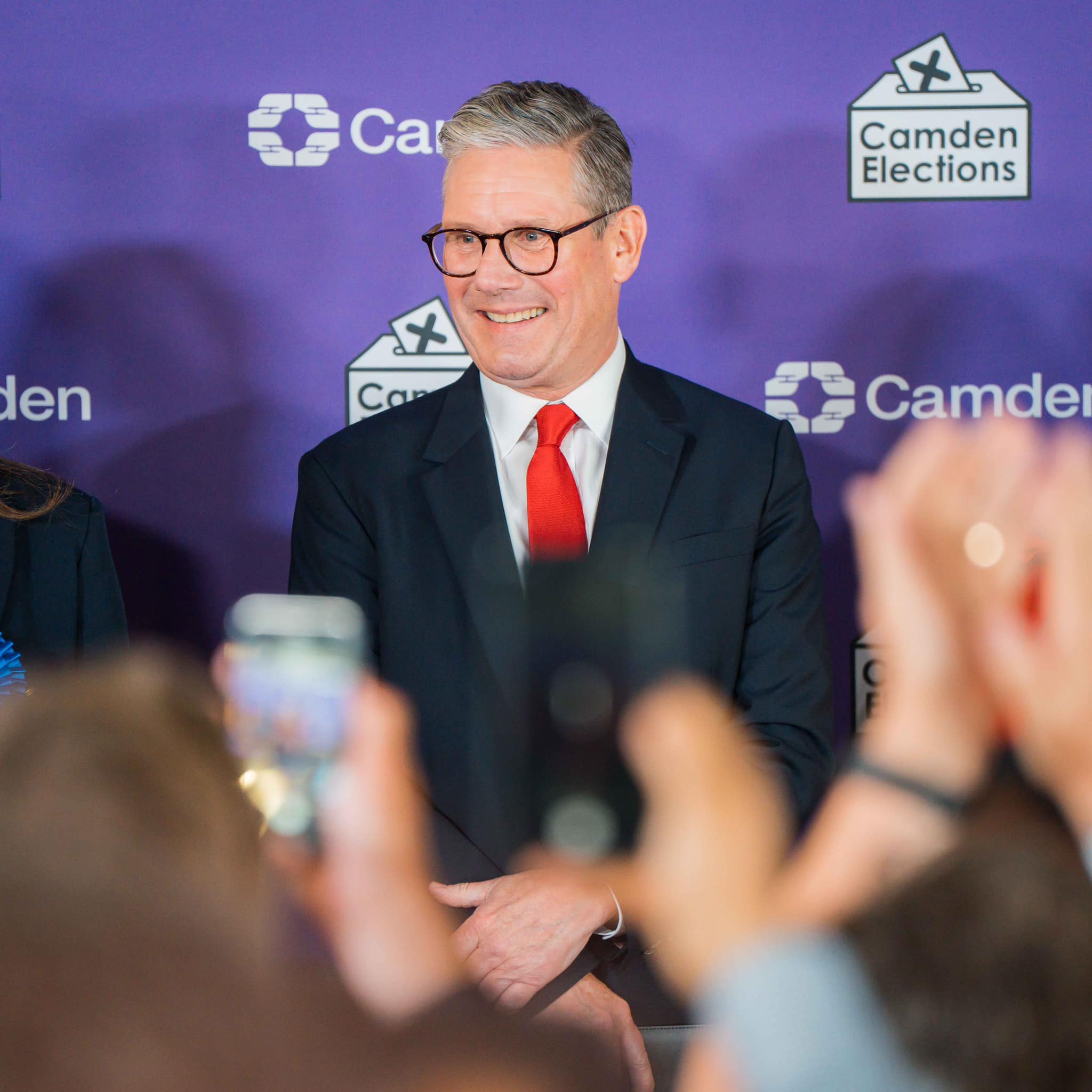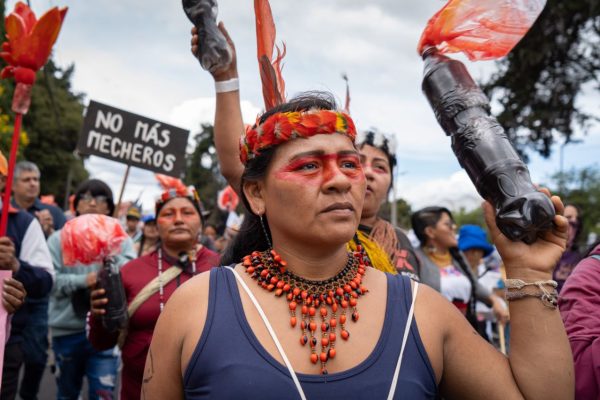On August 19th, public banking advocates found they have a surprising supporter. Florida’s Chief Financial Officer (CFO), Republican Jimmy Patronis, announced that his office requested that the Florida legislature consider creating a state-owned public bank. Dubbed the “Sunshine Freedom Bank” by Patronis, the bank would move Florida’s approximately annual $150 billion in revenue and assets away from out-of-state financial institutions mostly located in New York and into a single state-owned and operated institution in Florida.
To get the project off the ground, Patronis is requesting that legislators approve a feasibility study that would explore the practical requirements of establishing the Sunshine Freedom Bank, including the necessary regulatory framework, initial investment costs, technological logistics, and potential governing structure.
Florida is one of many states that have proposed researching the creation of a state-owned public bank in recent years. In 2019, California’s legislature passed AB 857, the Public Banking Act. The law did not create a state-owned public bank, but instead enabled cities, counties, and joint powers authorities to establish their own public banks. Since then, Oakland, Berkeley, Richmond and Alameda County have agreed to a joint venture to create a public bank for the East Bay region, and the Los Angeles city council has voted to allocate funds to a feasibility study for its own public bank. Also in 2019, New Jersey Governor Phil Murphy signed Executive Order No. 91, which created a Public Bank Implementation Board that was tasked with researching and designing a public bank for the state. Last year, representatives in Washington introduced a bill to create a public infrastructure bank for the state’s local, municipal, and tribal governments, while at the same time neighboring legislators in Oregon passed a bill to conduct a feasibility study for a state-owned public bank.
While all these legislative efforts have seemed promising, they have faced serious setbacks. In California, the local banks have faced regulatory hurdles which have dramatically slowed the process; many activists are anxious that they will not get a public bank off the ground before the end of the decade. In New Jersey, very little action has been taken to move the project forward, and it is only this year that the Public Bank Implementation Board finalized its report. Meanwhile, the public banking bill in Washington was killed in committee, and Governor Tina Kotek in Oregon vetoed the legislature’s plans for a feasibility study.
Considering this reality, it is hard for public banking advocates to be too optimistic regarding Patronis’s announcement, despite the CFO’s enthusiastic support. Still, Florida presents a unique situation for the public banking movement.
First, while other states have faced—at best—passive support to public banking from their state’s treasurer or financial officer, in Florida it is the financial leadership of the state that is taking the initiative; furthermore, it’s doing so absent the type of robust social movement that is found in other states.
Second, while the other states considering public banking legislation are liberal bastions, with Democrats dominating state politics, Florida is another story. In the past two decades, the state has moved dramatically to the right and become a Republican stronghold. Indeed, while Patronis has emphasized the profitability of the Sunshine Freedom Bank, he also recognizes the institution as a means of promoting his party’s conservative values. During the announcement, Patronis decried investment plans that incorporate environmental and social governance or diversity, equity, and inclusion guidelines instead of focusing solely on maximizing returns. “Woke banks and regulators in New York, California and Washington, D.C. have been imposing their toxic ideology on hard-working Floridians by controlling their money, when they should be focused on core business functions and maximizing returns on our investments,” read the message from his office.
Still, while most activists in the public banking movement are leftwing progressives, the issue has elements that appeal to both ends of the political spectrum. While the left is drawn to public banking as an alternative to free market capitalism, the right sees it as an opportunity to ensure localized control of finances and a means to get capital to need areas—especially rural communities—without having to raise taxes. Afterall, it is North Dakota—a deeply conservative state—that remains the one state in the country that has a functioning state-owned public bank. And, despite being a creation of rural populists and urban progressives in the Nonpartisan League at the turn of the last century, the institution currently maintains strong support throughout the state.
What Patronis’ announcement does definitively indicate is that the public banking movement is growing. For a variety of reasons, different factions within American society have become alienated and frustrated with the country’s current banking model. More and more, people are recognizing the need to treat banking—and by extension control of the country’s money supply—as a public utility that demands public oversight and management, rather than a private endeavor that is mostly controlled by a handful of shareholders located in the country’s financial centers.
Marco Rosaire Rossi is the Executive Director of Washingtonians for Public Banking and a part-time adjunct professor in political science. His previous articles on banking reform and public banking have appeared on the blog the Cascadia Advocate and in Real Change.






